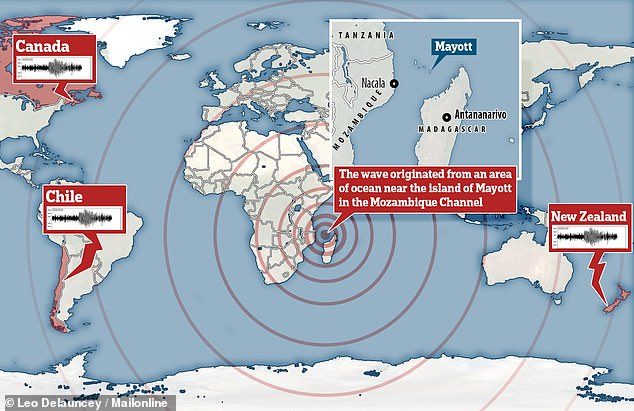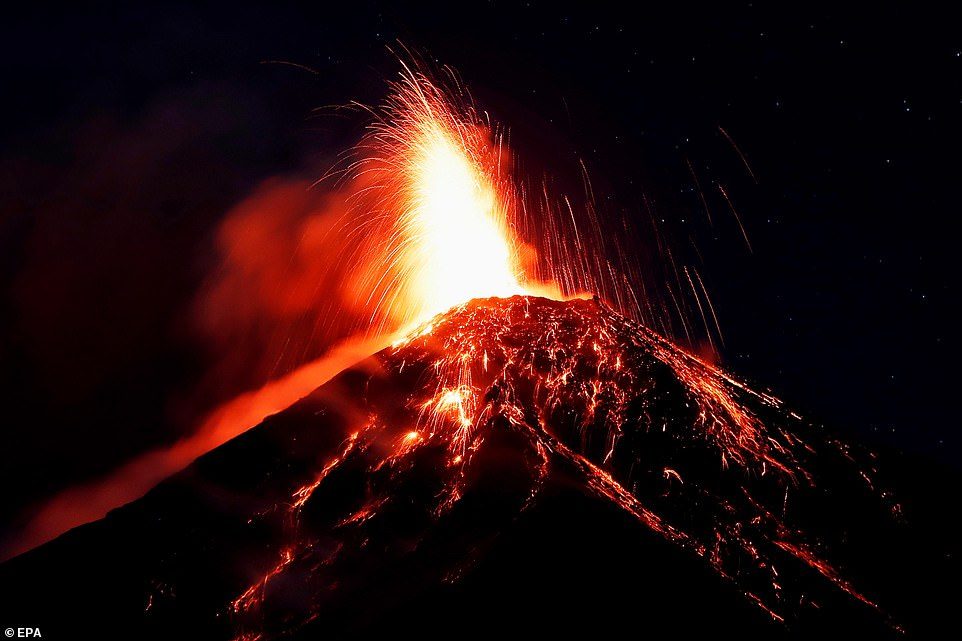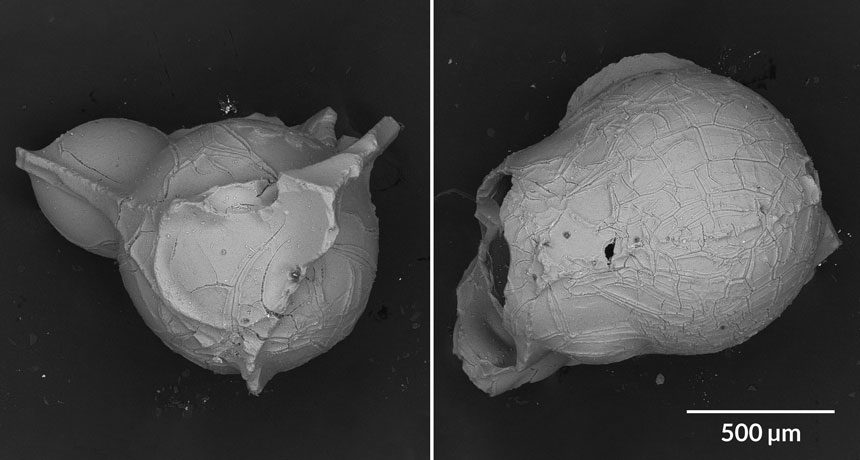OF THE
TIMES

Strange seismic waves rippled around the world and scientists don't know why
Here in New Zealand, GeoNet seismologist John Ristau said he saw his contemporaries discussing the unusual activity on Twitter when it first happened.
"It is a very strange signal and it can be seen pretty much everywhere around the world. The signal is clearly not like a regular earthquake, it's more like a burst of energy."
Strange waves rippled around the world, and nobody knows why
Helen Robinson, a Ph.D. candidate in applied volcanology at the University of Glasgow: "They're too nice; they're too perfect to be nature," she joked. "What baffles me is how evenly spaced out they were," she said. "I have no idea how to explain that."
Geologists Joke About 'Sea Monster' After Mysterious 30-Minute Rumble Emanates from Waters Near MadagascarIt's gotta be something cosmic. Did Earth just get 'pinged'?! (And no, not by 'aliens' - rather, by something "bigggggg" but as yet unseen...)
One segment of the signal also featured several high-frequency blips, each separated by roughly a minute of time, a bit like a regular, ticking clock. Stephen Hicks, a seismologist at the University of Southampton, highlighted the phenomenon in a November 12 tweet.
"Something biggggg, yet strangely slow, sent seismic rumblings around the surface of much of the planet yesterday," he wrote. [...]
"It's like a ringing bell. If you want to get a very low frequency, a very low tone, you need that bell to be huge," Ampuero explained.


Bread-crust bubbleScientists have identified a new type of volcanic ash that erupted from a volcano in central Oregon roughly 7 million years ago. The particles are similar to larger bread-crust bombs, which form as gases trapped inside globs of lava expand, cracking the bombs' tough exterior. Bread-crust bubbles, each no more than a millimeter wide, have a distinctly crackled surface that can reveal secrets about how volcanoes erupt, researchers reported November 4 at the Geological Society of America annual meeting in Indianapolis.
Bred krəst ˈbəb(ə)l n.
Tiny, gas-filled beads of volcanic ash with a scaly surface.
Comment: Review of 'Earth Changes and the Human-Cosmic Connection'. The book is available to purchase here.
To listen to part 2 of the interview, see: Adapt 2030 Ice Age Report: Interview with Laura Knight-Jadczyk and Pierre Lescaudron (Part 2)